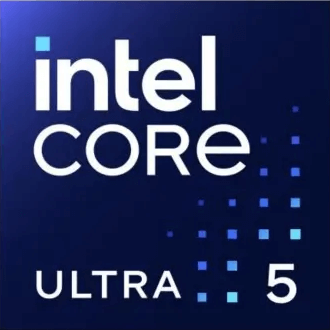Intel Processor N100 vs Intel Celeron N4500
We compared two laptop CPUs: Intel Processor N100 with 4 cores 0.8GHz and Intel Celeron N4500 with 2 cores 1.1GHz . You will find out which processor performs better in benchmark tests, key specifications, power consumption and more.
Main Differences
Intel Processor N100 's Advantages
Released 2 years late
Better graphics card performance
Higher specification of memory (4800 vs 2933)
Larger L3 cache size (6MB vs 4MB)
Intel Celeron N4500 's Advantages
Larger memory bandwidth (45.8GB/s vs 38.4GB/s)
Score
Benchmark
Cinebench R23 Single Core
Intel Processor N100
+104%
924
Intel Celeron N4500
452
Cinebench R23 Multi Core
Intel Processor N100
+313%
2921
Intel Celeron N4500
707
Geekbench 6 Single Core
Intel Processor N100
+133%
1204
Intel Celeron N4500
515
Geekbench 6 Multi Core
Intel Processor N100
+162%
2314
Intel Celeron N4500
882
Blender
Intel Processor N100
+471%
40
Intel Celeron N4500
7
Geekbench 5 Single Core
Intel Processor N100
+76%
1018
Intel Celeron N4500
578
Geekbench 5 Multi Core
Intel Processor N100
+158%
2766
Intel Celeron N4500
1071
Passmark CPU Single Core
Intel Processor N100
+44%
1969
Intel Celeron N4500
1362
Passmark CPU Multi Core
Intel Processor N100
+184%
5640
Intel Celeron N4500
1984
General Parameters
Jan 2023
Release Date
Jan 2021
Intel
Manufacturer
Intel
Laptop
Type
Laptop
x86-64
Instruction Set
x86-64
Alder Lake
Core Architecture
Jasper Lake
N100
Processor Number
N4500
BGA-1264
Socket
BGA-1338
UHD Graphics (24 EU)
Integrated Graphics
UHD Graphics (Jasper Lake 16 EU)
Package
10 nm
Manufacturing Process
10 nm
6 W
Power Consumption
6 W
105°C
Peak Operating Temperature
105 °C
CPU Performance
-
Performance Cores
2
-
Performance Core Threads
2
Performance Core Base Frequency
1.1 GHz
4
Efficiency Cores
-
4
Efficiency Core Threads
-
0.8 GHz
Efficiency Core Base Frequency
-
3.2 GHz
Efficiency Core Turbo Frequency
-
4
Total Core Count
2
4
Total Thread Count
2
100 MHz
Bus Frequency
100 MHz
8
Multiplier
11x
96 K per core
L1 Cache
32 K per core
2 MB shared
L2 Cache
384 K per core
6 MB shared
L3 Cache
4 MB shared
No
Unlocked Multiplier
No
Memory Parameters
DDR5-4800, DDR4-3200, LPDDR5-4800
Memory Types
DDR4-2933
16 GB
Max Memory Size
32 GB
1
Max Memory Channels
2
38.4 GB/s
Max Memory Bandwidth
45.8 GB/s
No
ECC Memory Support
No
Graphics Card Parameters
true
Integrated Graphics
true
-
GPU Base Frequency
350 MHz
750 MHz
GPU Max Dynamic Frequency
750 MHz
256
Shader Units
256
16
Texture Units
16
8
Raster Operation Units
8
24
Execution Units
16
10 W
Power Consumption
6 W
0.3 TFLOPS
Graphics Performance
0.24 TFLOPS







